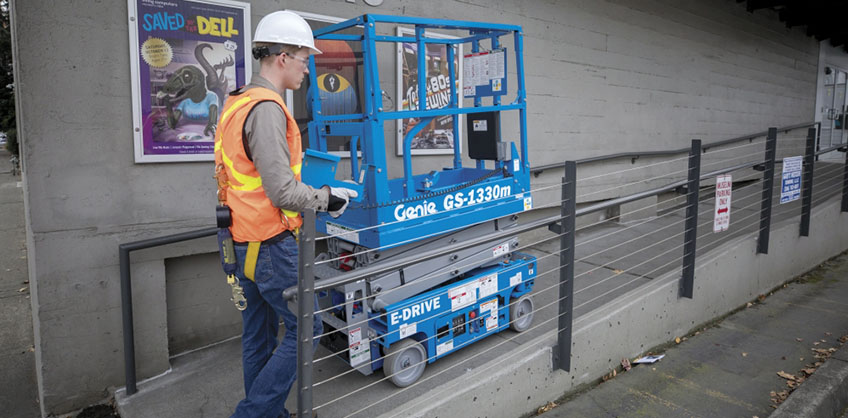Before Work Begins — Guidelines for Daily Maintenance on Scissor Lifts
by Michael Flanagan - Product Manager On Jan 7, 2021, 03:00 AM
Subscribe To Aerial Pros
Filter by tags
Slab and rough terrain scissors lifts can be crucial to jobsite productivity, and by adhering to a few daily maintenance and inspection requirements, operators can ensure maximum uptime on jobsites. Even if it’s not always convenient to take the time to perform these duties, operators will find that it is worth every minute if scissor lifts are “ready to work” and continue to perform in the field. For instance, prior to work starting up each day, scissor lift operators must complete pre-operation and workplace inspections, as well as function tests, as outlined in the machine’s operator’s manuals.
Workplace Inspections
A workplace inspection helps the operator determine if the jobsite is a suitable and safe space to operate the scissor lift. This inspection should be performed by the operator prior to moving the scissor lift to the workplace. The operator’s manual is a good resource to identify the most common hazards that may be encountered on jobsites, and it’s always a good idea to check with the site supervisor or safety manager for any hazards unique to a particular jobsite.
On any aerial worksite, scissor lift operators need to be aware of, and avoid, the following hazardous situations including:
- Drop-offs or holes
- Bumps, floor obstructions or debris
- Sloped surfaces
- Unstable or slippery surfaces
- Overhead obstructions
- High voltage conductors
- Inadequate surface support to withstand all forces imposed by the machine
- Wind and bad weather conditions
- The presence of unauthorized personnel
- All other possibly unsafe conditions
It’s important for operators to always remember that it’s their responsibility to read and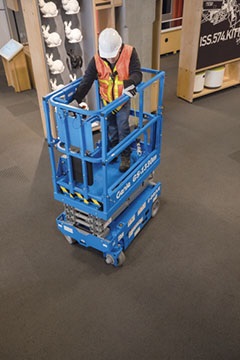 remember the workplace hazards, as well as to watch for and avoid these hazards while moving, setting up and operating MEWPs. When in doubt, operators should pause the job and consult the jobsite supervisor or safety manager.
remember the workplace hazards, as well as to watch for and avoid these hazards while moving, setting up and operating MEWPs. When in doubt, operators should pause the job and consult the jobsite supervisor or safety manager.
Pre-Operation Inspection
The pre-operation inspection is a visual inspection to be performed by the operator prior to each work shift. This inspection is designed to discover if anything is apparently wrong with a machine before the operator performs the function tests. The pre-operation inspection also serves to determine if routine maintenance procedures are required. For example, the operator should inspect the wheels, lifting mechanism, and platform for any damage, which should be repaired prior to use.
Once the repairs are completed, the operator must perform a pre-operation inspection again before going on to the function tests.
Function Tests
Function tests are designed to discover any malfunctions before the machine is put into service. The operator must follow the scissor lift manufacturer’s step-by-step instructions, found in the operator’s manual, to test all machine functions before work can begin. It is important to know that a malfunctioning machine must never be used. If malfunctions are discovered, the machine must be tagged and removed from service.
As a reminder, repairs to damage or malfunctions discovered during the pre-operation inspection or function tests may only be made by a qualified service technician, according to the manufacturer’s specifications. After repairs are completed, the operator must perform the pre-operation inspection and function tests again, prior putting the machine into service.
Sticking to a regular maintenance routine, including the important daily start-up tasks as outlined in the operator’s manual, helps to ensure that a scissor lift is ready to work when it is needed it.
Related Posts
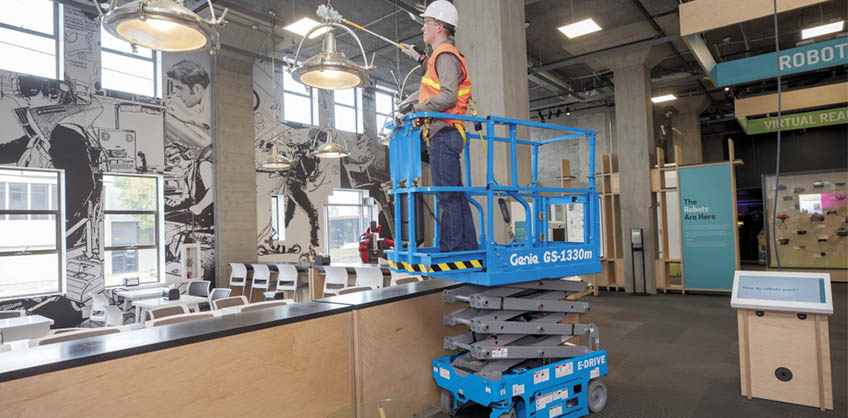
How Wind Rating Requirements Impact Scissor Lift Design and Safe Use
Industry standards governing the design, use and manufacture of any aerial product will require periodic reviews, as new technologies and best practices enter the market.
Continue Reading
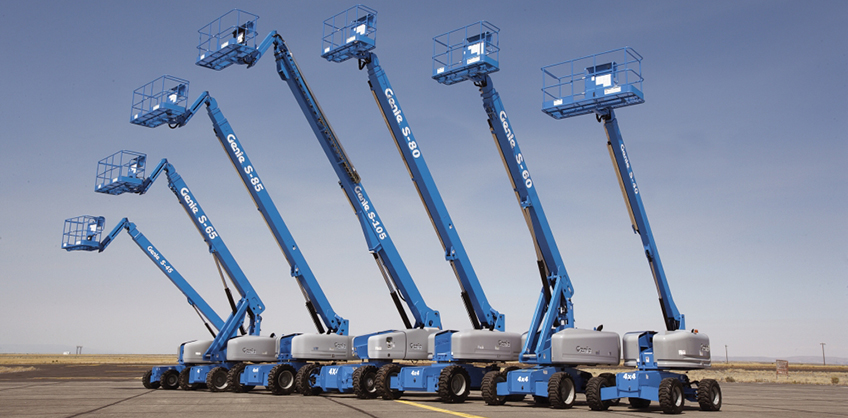
Benefits of Preventive Maintenance for MEWP Rental Fleets
As is the case with all equipment, mobile elevating work platforms (MEWPs) require regular, preventive maintenance to maintain peak performance. Ensuring a MEWP gets the maintenance it needs is not only important to safety, but to performance as well.
Continue Reading
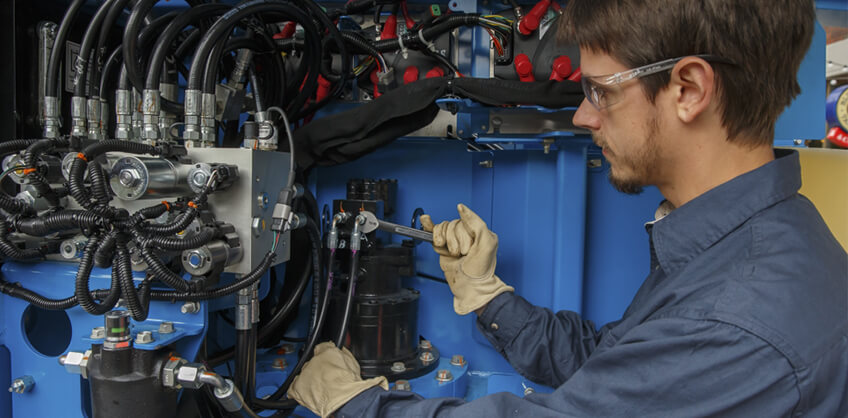
How Machine Data Influences MEWP Maintenance and Service
When looking at a machine’s service and repair from that perspective, downtime costs a rental business big time.
Continue Reading


